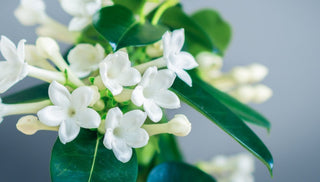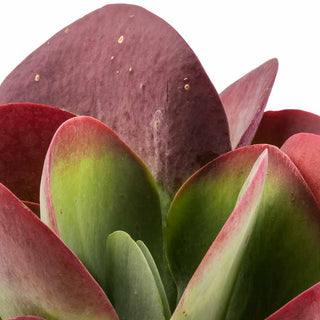☘ Origin: South Africa
☘ Family: Didiereaceae
☘ Botanical Name: Portulacaria afra
☘ Common Name: Elephant Bush
Symbolism: It's the ultimate symbol of prosperity in China. It has flat round leaves, and its compact shape makes it the Asian equivalent of a money tree. This evergreen plant has thick branches and smooth, rounded, fleshy leaves that grow in opposite directions.
🍃 Shop your Portulacaria Bonsai Today!
🔆 Light
This Bonsai absolutely love the sun. It needs lots of direct sunlight near to a well-sunlight window.
Give your plant a turn every few days to expose all sides to light for even growth from all sides.
💧 Water
It can hold large amounts of water in its trunk and leaves. In summer, during the growing season, water well but allow the plant to dry between waterings. During winter, watering is reduced. Overwatering can be particularly harmful as it quickly rots the roots and may kill the plant.
To give your plant the absolute best, room-temperature rainwater and bottled spring water are your best options. Any water containing sugar or salt will hurt your plant!
☁️ Humidity
The Portulacaria Afra does not require high humidity! It will thrive well in room-temperature humidity. Don't moisten the elephant bush!
🌡️ Temperature
Portulacaria Bonsai tolerates a variety of growing conditions. Since it is tropical it must be protected from cold temperatures (below 10°C). During winter you must be careful where do you place your Bonsai, since it has very low tolerance to low temperature and frost.
🧴️ Food
Feed twice a week during the growing season, from Spring to Autumn, with an organic liquid Bonsai fertilizer.
🐾 Toxicity
Foliage are edible and non-toxic to pets and humans.
➕ Additional Tips
The Jade is strong when it's watered correctly and is receiving sufficient sunlight. The development of red edges on the leaves is a good indicator that the plant is receiving sufficient sunlight. This plant will weaken in low light conditions making it sensitive to pests such as mealy bugs. If taken care of, you should not experience any issues with its health.



